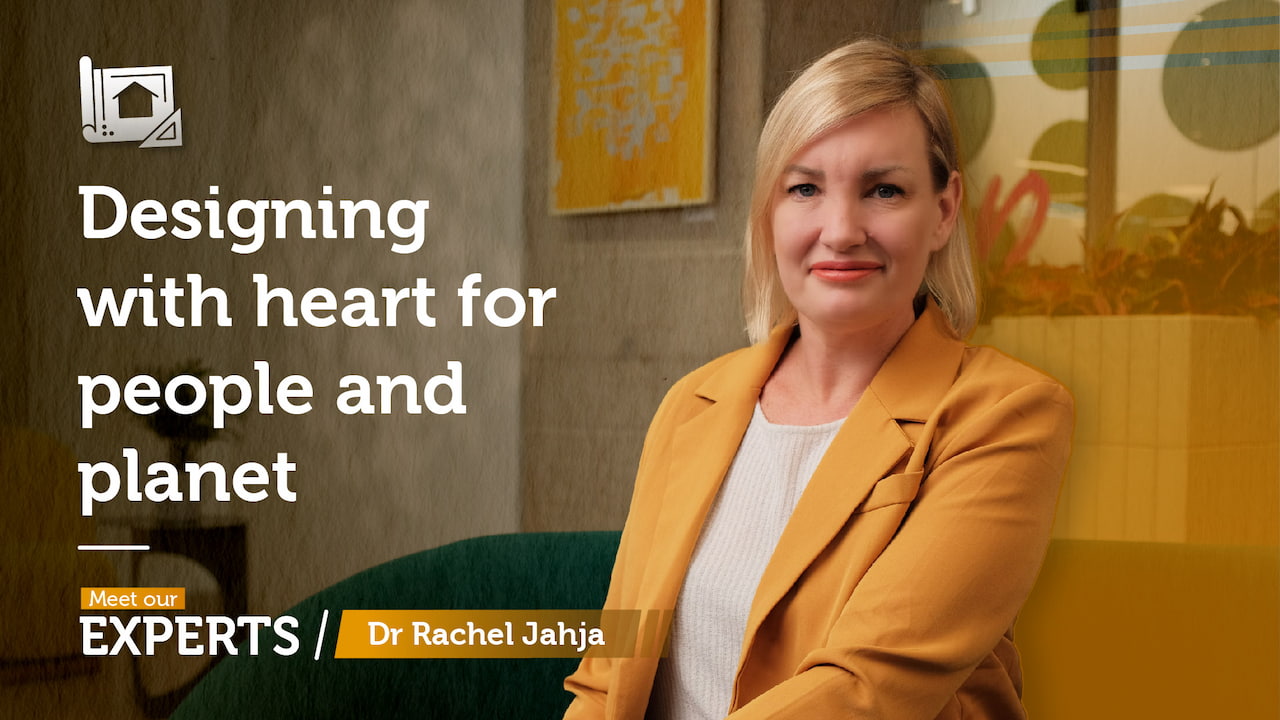Dr Rachel Jahja is a lecturer in Design Studies at RMIT University Vietnam's School of Communication & Design. As the co-lead of the Creativity, Heritage & Society research cluster and the chair of the Sustainability Committee in her school, she plays a pivotal role in fostering interdisciplinary engagement and sustainable practices.
With a background in spatial design and interior architecture, her work focuses on creating spaces that forge deeper emotional connections with people while prioritising sustainability and local context.
"If you are designing, you're designing really for and with people," she emphasised. "We need to listen more to people for the longevity of design to make sure that we're designing things in ways that they will last longer."
Dr Jahja is particularly inspired by Vietnam's small-scale architecture ateliers, which she believes offer valuable lessons in sustainable and human-centred design.
"They have a certain sense of humility. It's not about ego or trying to be the best, but about designing in a way that speaks to a certain humanness," she explained.
Through her work, Dr Jahja aims to instil a sense of pride in Vietnamese design among her students, encouraging them to learn from local industry and embrace their identity as Vietnamese designers.
Explore more of her perspectives on design and creativity in our video:
